WHAT YOU NEED TO KNOW: Callaway’s lineup of Rogue ST fairway woods and hybrids, which includes seven versions (three fairway wood models, four hybrid models), 33 different heads and a loft range that runs from 13.5 to 36 degrees, looks to boost ball speed through two new approaches to its internal “Jailbreak” structure that joins the crown and sole. Instead of a centred brace, the fairway wood and hybrid split the structure to the extreme heel and toe to prompt better face flexing. Both also use tungsten weighting to improve ball flight.
PRICE: Retail dates for all Rogue products is March 4th 2022
Recommended Retail Pricing (RRP):
- Rogue Fairway Wood: $579.99 AUD | $659.99 NZD
- Rogue Hybrid: $459.99 AUD | $529.99 NZD
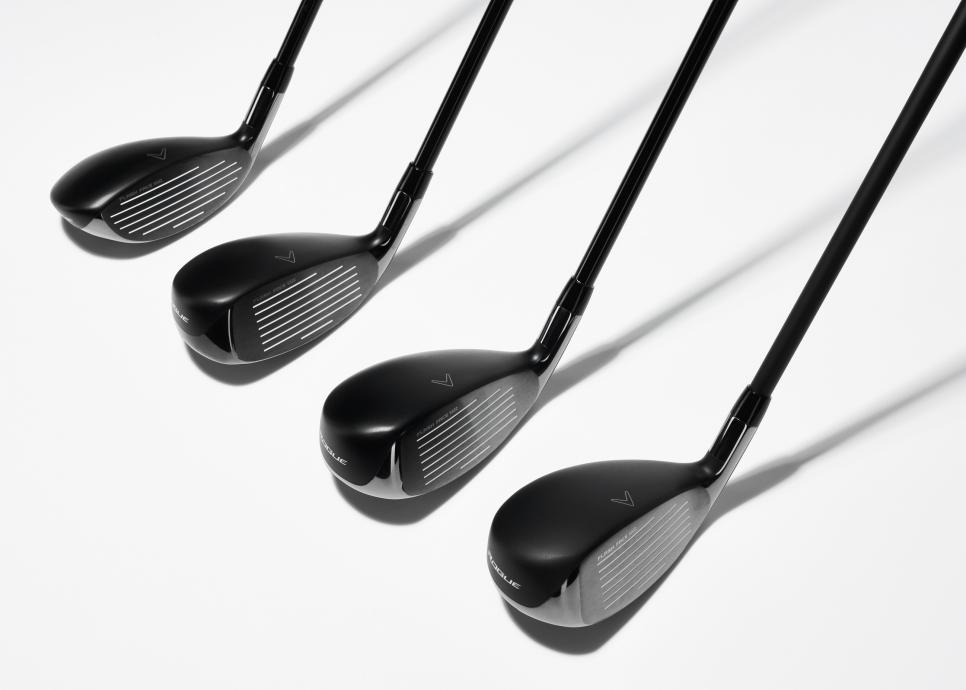
THE DEEP DIVE: The simple fact is, unlike on drivers, the faces on fairway woods and hybrids have to be significantly smaller and shallower. That makes it harder for them to spring at impact for driver-like flexing to maximise distance. That’s why Callaway’s work in fairway woods and hybrids over the past few years has been a challenging two-step between maximising the flexibility of the face within a strengthening of the structure of the body immediately surrounding the face. It’s what’s been behind the development and enhancements to the internal brace called “Jailbreak.”
Originally, Jailbreak was two internal vertical bars stretching between crown and sole and centred immediately behind the face, stiffening the frame and concentrating more flexing in the face. Last year, those bars took on a more diagonal shape and were split further apart to improve face flexing.
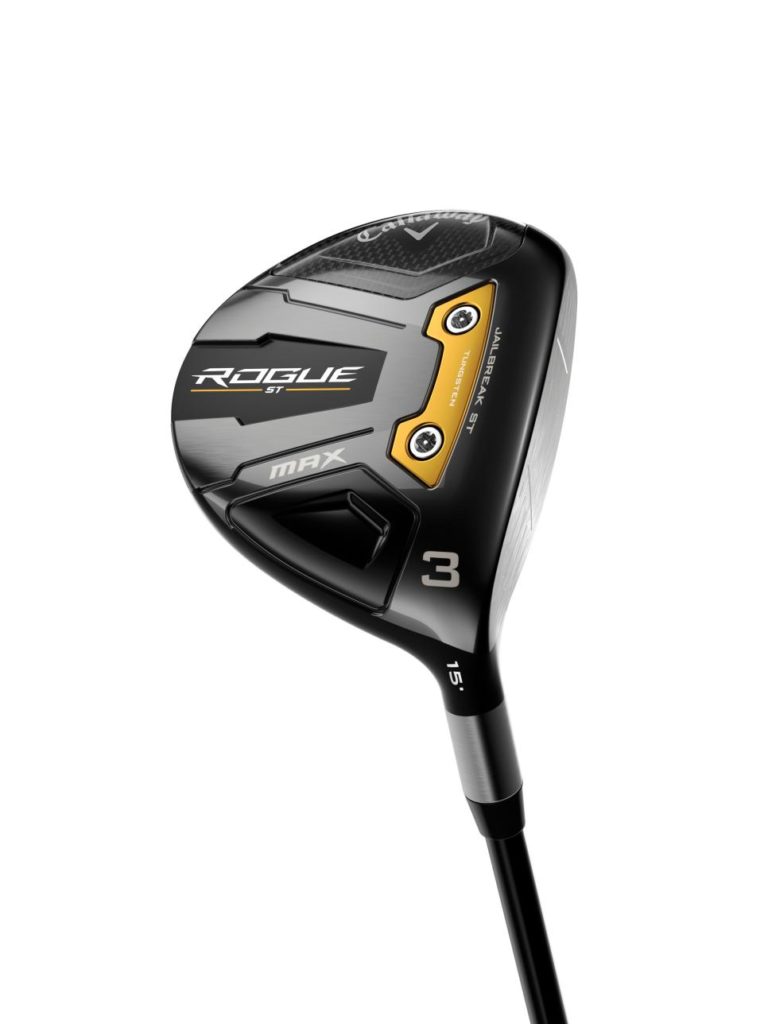
For its new Rogue ST fairway woods and hybrids, that structure takes on completely new and distinct shapes with each version featuring a brace on the extreme heel and toe sides within the head but still close to the face. This development is about expanding what’s possible through using the visionary tools of artificial intelligence, said Alan Hocknell, senior vice president of research and development.
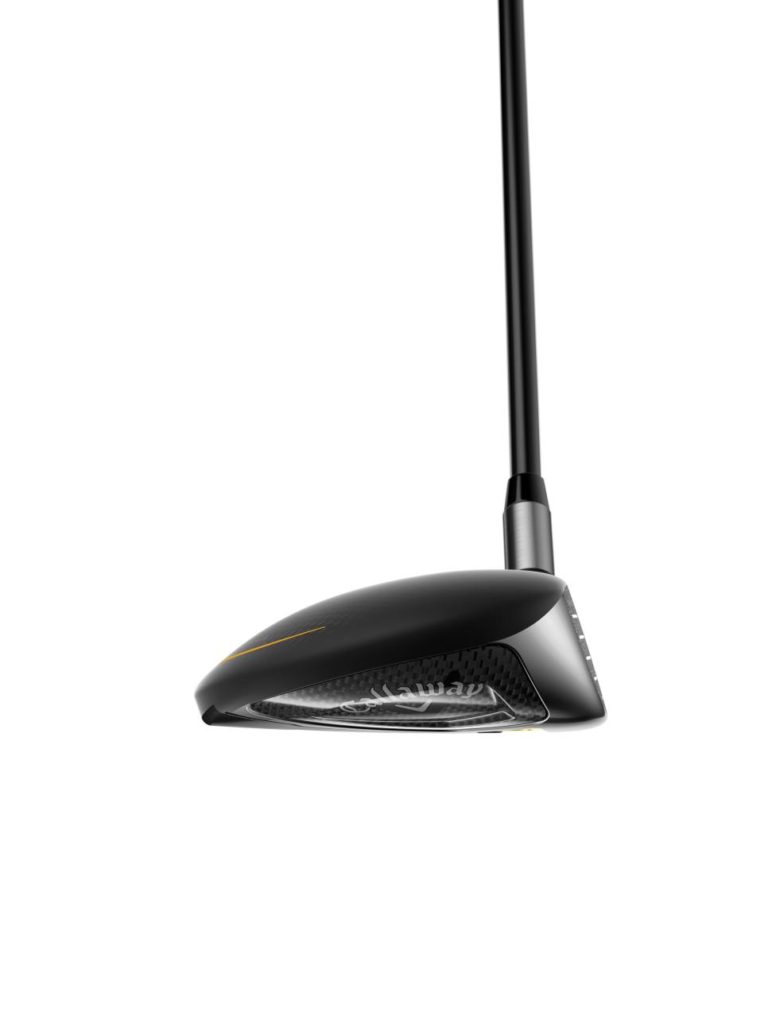
“Using our optimisation tools we’ve allowed it to look more broadly at the structure of the head to create that vertical stiffening effect with even less influence on the flexibility of the face,” he said, noting that the cupface designs on the fairway woods and hybrids are another vital component to maximising ball speed. “But we could undo a lot of those benefits if we add a lot of local stiffness in the body in that same area.
“What they’re now doing is using minimum possible weight to add stiffness to the body without impeding the flexibility of the face.”
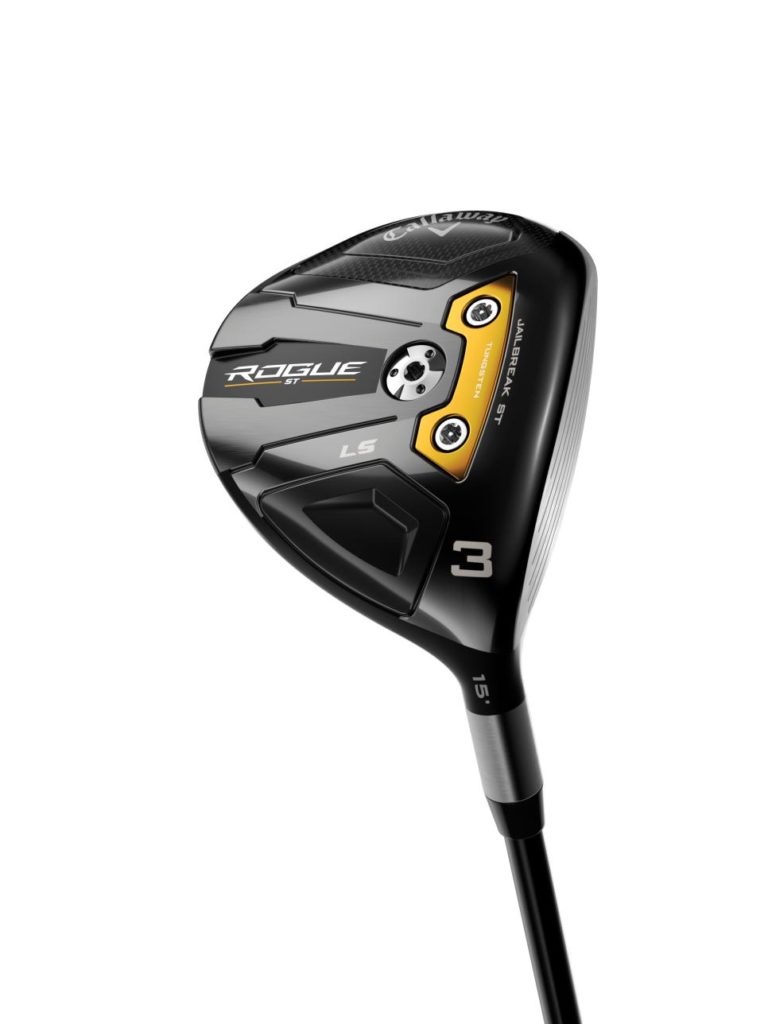
Another large component to the effectiveness of the fairway woods is an external tungsten weight set flush with the sole and forward. That weight, which is 27-28 grams depending on which of the three models, helps produce more optimal high launch/low spin flight characteristics to maximise distance.
“The reason for having a low forward centre of gravity is really about the use of a fairway wood,” Hocknell said. “It’s the longest club that you swing at a ball that might not be on a tee, and so there are a lot of impacts that occur very low on the face. So we’ve prioritised performance from the centre of the face to the low centre, and the low heel and the low toe. That gets us higher launch without excessive spin.”
The cupface design on the Rogue ST fairway woods features the same C300 high-strength steel alloy used in last year’s Epic fairway woods, all with unique face designs for each model and each loft, developed under the company’s artificial intelligence optimisation platform.
“We’re putting it through a much more rigorous optimisation than we have in the past,” Hocknell said, noting that the face thickness variation now impacts backspin and launch, as well as ball speed. “It’s one of those where you can see what it does when you put it in the part, but when you pull the component out separately, you kind of look at it and say, ‘I don’t see what’s going on, I expected it to do more.’ The thickness variations are subtle, but they do produce the desired effects.”
The three models, the Rogue ST Max, Rogue ST Max D and the Rogue ST Max LS, follow the lead set by the four model platform seen with the Rogue ST driver: Different player types produce better results with heads specifically designed for their swings and visual preferences. The majority of golfers might align themselves best with the Max, which offers high forgiveness on off-centre hits through an enlarged but standard-shaped head. The draw-biased Max D includes more weight in the heel to help fight the slice and also includes lofts that are a degree higher to help create the highest launch in the line, particularly for slower swings. The Max LS, which features more camber in the sole compared to the other models, yields a neutral flight and offers the lowest spin. It might line up best with players who fit into the Max LS or the ◊◊◊LS drivers.
ROGUE ST HYBRIDS:

The Rogue ST hybrid lineup offers even more diversity with four head styles. Those range from two more super-game-improvement heads in the Max OS and Max OS Lite, to the stronger-lofted, distance-focused Max and the more fairway wood-shaped, neutral flight and more workable Pro.
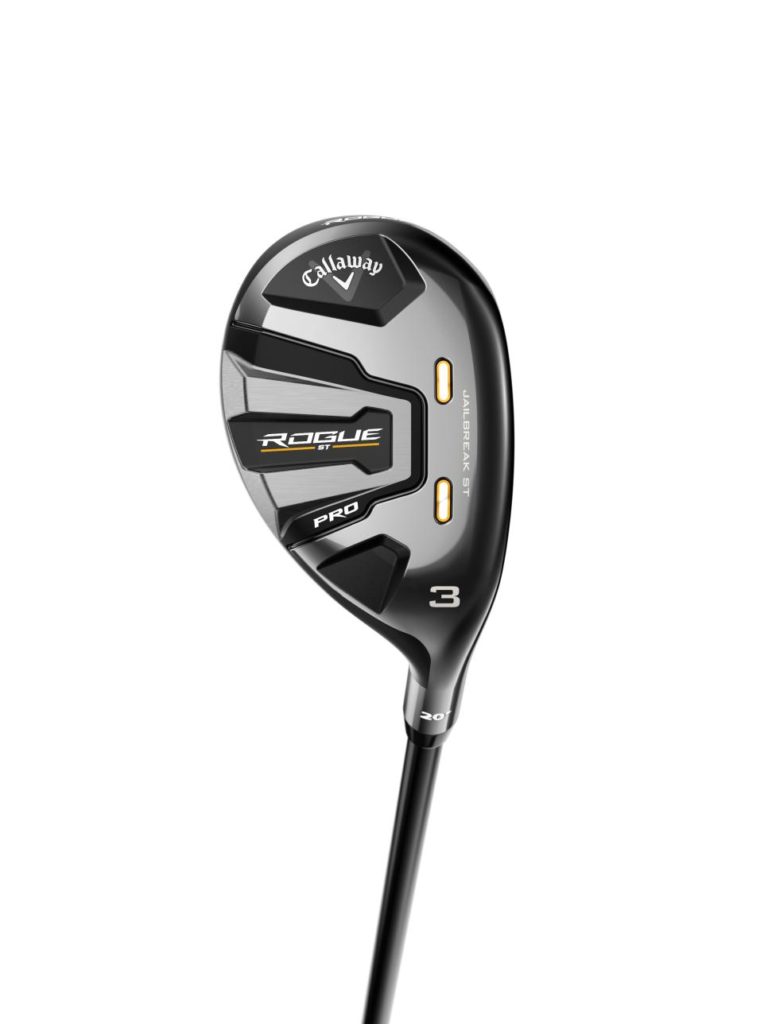
Again, the internal Jailbreak structure is revised on these models. The braces, differently shaped than those on the fairway woods, are pushed to the extreme heel and toe positions within the head and just behind the face. That makes the face flex better, and when combined with a slab of heavy tungsten positioned in the sole and and towards the toe, creates a more stable head on off-centre strikes for more consistent speed and balanced spin across all impacts.
“It’s to push the MOI out a little bit and to really allow the perimeter of the face to flex differently,” said Scott Manwaring, Callaway’s director of design for irons, hybrids and wedges. “We found that as we stiffened the body up more and more we were giving up some of the spin profile that we really liked. In the end we got more ball speed and we improved the MOI.”
The hybrids have an average of 18 grams of tungsten set at the extreme opposite end of the hosel, forcing weight low and towards the toe to counter the hosel’s forcing weight high and towards the heel. They also benefit from a cupface made of a high-strength 455 steel alloy, and for the first time, the wraparound face extends all the way to the toe to improve and expand optimal flexing across the face.
The big improvement is more consistent distance downrange, Manwaring said.
“Changing the spin profile really helped us there because you’re not hitting as many really low spin or really high spin shots, so that tightens up your dispersion,” he said. “We’re really seeing a tighter distance to the pin average and we like how that plays in terms of improving strokes gained. We believe in that effect. Moving that CG slightly more toward center just allows a more consistent ball speed.”
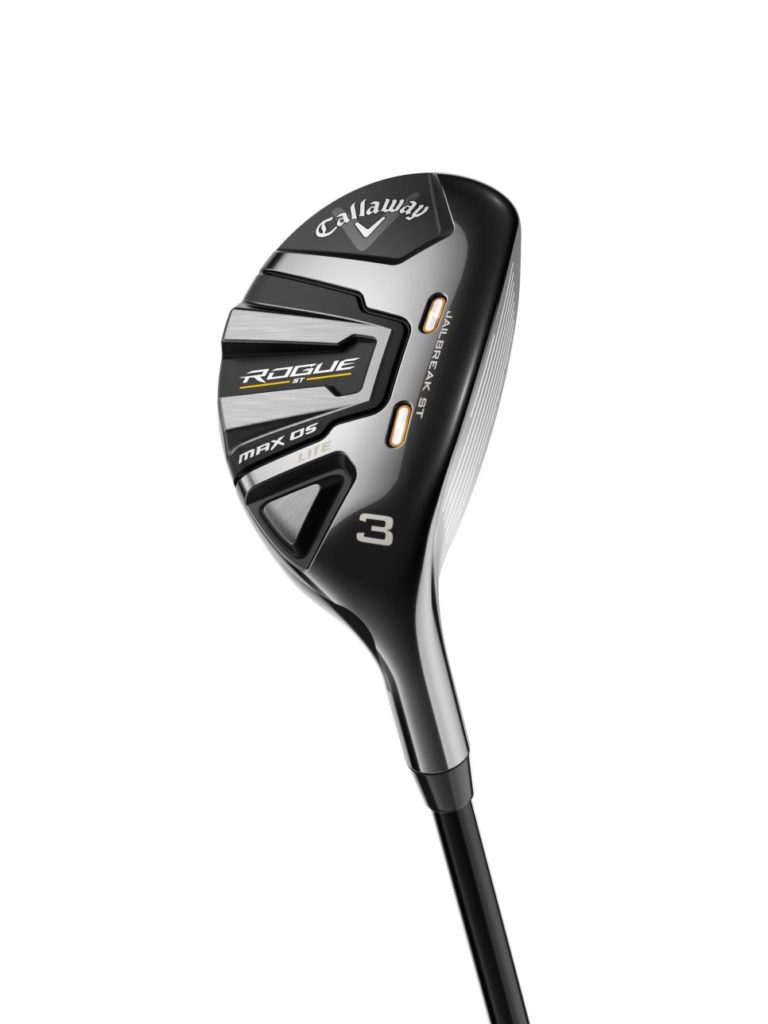
The four models differ in how much they effort to correct flaws or enhance skills. The Max OS and Max OS Lite are large forgiving heads with high launch, and the OS Lite includes lighter shaft options and a feathery C4 swing weight for slower swing speeds. Further benefiting slower speeds is a loft range that goes to a 36-degree 8-hybrid.
Like OS and OS Lite, the Max takes on an iron-like hybrid shape with a higher toe and a low leading edge without a lot of sole camber. The Pro’s shallower face height, smaller size and more cambered sole are designed for more workable flight and easier play from challenging lies.
The Rogue ST fairway wood and hybrid lineup includes seven models: Rogue ST Max fairway wood (15, 16.5, 18, 21, 24, 27 and a 20-degree Heavenwood, which has a 4-wood shaft length); Rogue ST Max D fairway wood (16, 19, 22 degrees) and the Rogue ST Pro fairway wood (13.5, 15, 16.5, 18 degrees); Rogue ST Max hybrid (18, 20, 23, 26 degrees); Rogue ST Max OS hybrid (19, 21, 24, 27, 30 and 33 degrees); the weaker-lofted Rogue ST Max OS Lite hybrid (21, 24, 27, 30, 33 and 36 degrees); and the Rogue ST Pro (18, 20 and 23 degrees).




